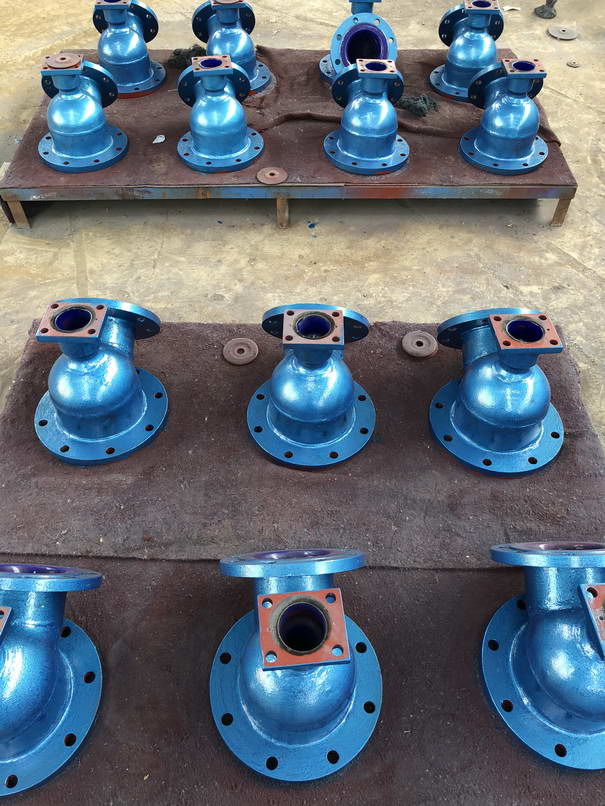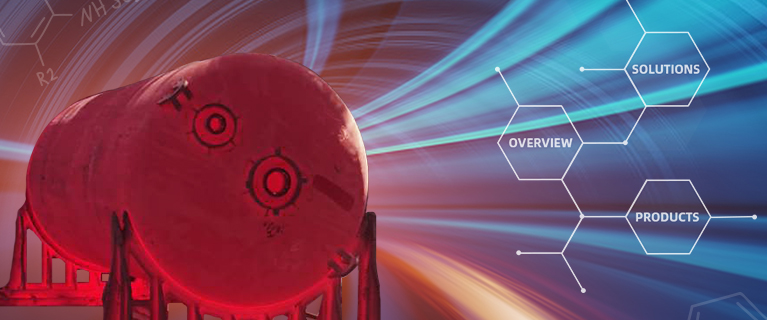The glass lined discharge valve is glass glaze with high silicon content. It is coated on the metal liner at 900 ℃. It has good mechanical properties and corrosion resistance, can prevent the medium and metal reaction and affect the pollution of products, and the surface is smooth, wear-resistant, has a certain degree of thermal stability. It is widely used in chemical, petroleum, metallurgy, pharmaceutical, pesticide, fuel, food processing and other industries.

B. Main equipment performance of glass lined discharge valve
① Corrosion resistance
1. It is resistant to General inorganic acid, organic acid weak alkaline solution (P ≤ 60 ℃, pH ≤ 12) and organic agent medium.
2. It is better than stainless steel in corrosive medium such as hydrochloric acid, nitric acid and water.
3. It is forbidden to use fluorine-containing ionic liquids (such as HF) and strong alkali and phosphoric acid (temperature > 150 ℃, concentration > 30 ‰)
② Heat resistance, it can be used between - 30 ℃ and + 240 ℃ (resistant to sharp temperature difference less than 120 ℃)
③ With smooth surface. Not easy to bond materials, easy to clean.
④ Good insulation: the glass material has good insulation. The glass with a thickness of 1 mm will not be broken down and conduct electricity under the high voltage of 2000 v.
⑤ Impact resistance: the impact resistance is less than 2500 g / cm, so the impact of hard objects should be avoided.
⑥ Withstand voltage: 0.6MPa
C. Precautions for maintenance and installation of glass lined discharge valve
1. When decorating, the place that contacts with porcelain surface must use asbestos or tetrafluoroethylene piece and so on cushion. The tool should not be impacted or rubbed with porcelain surface, nor can it be shoveled with metal tool.
2. The fastening screw is tightened with equal force around to prevent porcelain surface from cracking due to uneven stress. The screw rod of discharge valve shall be lubricated regularly to prevent rust.
3. The flowing medium can only be liquid, and no hard particles can be mixed into the liquid to prevent the porcelain surface from fuzzing or blocking, and opening failure
4. During installation, attention should be paid to whether the force of screws in each part is balanced and whether the lifting (movement) is flexible.
5. The seals on the enamel surface should be centered. The pressure is even to prevent leakage.
6. If leakage is found during use, check whether the sealing device is correct immediately. Do not use iron bar or rod to tighten the hand wheel to avoid damage to parts.
7. When discharging is blocked, it is forbidden to use metal rod or hard tools to dredge.
8. It is necessary to avoid alternating acid-base medium (except neutralizing reaction medium) to avoid shortening service life.
9. According to the performance and service life of the medium, the PTFE sealing ring at the top of the valve body and the PTFE sheet at the orifice plate should be checked frequently. If any damage is found, it should be replaced and reused in time.
10. The slurry valve should be stopped immediately if the porcelain surface is damaged. Special paint can be used to repair the damaged area, or entrust the relevant production unit to make enamel again.


 Products
Products